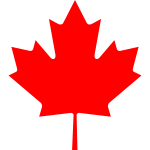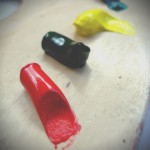Kinds Of Graphs
Learn about kinds of graphs. Graphs are representations of data that take only a minute to peruse. If the graph is done in a comprehensive way, the viewer will get the meaning of the data with just a glance. Many kinds of graphs are very useful when making informative presentations to an audience.
Kinds of Graphs
Circle Graphs – Some would call this a pie graph, and it is the best way to show percentages. The best example of these kinds of graph is the percent of free storage space in your computer or hard drive. Just by looking at this graph, you will see how much more space you have left compared to how much space you’ve already used to store data. The different fractions of the pie graph are in different colors to make the differences more striking. A legend or an explanation of the colors should be added below the graph.
These kinds of graphs are often criticized as misleading, and some presentations are subjected to harsh critique because it’s difficult to compare the differences between the results presented using one pie chart and the results in another chart. To avoid confusion, data is often sorted and presented using other kinds of graphs.
Bar Graphs – Bar kinds of graphs also show data, but the difference from a circle graph is that the bar graph looks more like a chart than a pie. In these kinds of graphs, there are horizontal bars (or vertical) to delineate the contrast among the selected categories. The names of the categories are placed in one axis of the chart, while the other contains the value. There are some kinds of graphs that use colored bars to show subparts.
Histogram – This is similar to a bar graph, but histograms are utilized to show the data’s density. It is often used for presenting estimations of density, showing groups of vertical or horizontal bars grouped together according to the variable.
Line graph – The information in these kinds of graphs comprises data points interconnected by lines. Many fields use this type of chart to show increases and decreases in data. More often than not, the sales presentation of a particular company can use this to chart minute changes in the movement of products. While simple, a line chart is frequently utilized to show a visual representation of how the data changed over a certain time period. It is assumed that the plots on the line are chronological in order.
Picture graphs – These kinds of graphs use symbols to show data. The quantities described in a picture graph are shown by the symbols, and each symbol represents a certain number. For example, sticks in a bundle usually means five units. Images used to represent data are often related to the subject of the data, i.e. caricatures of people for a graph showing population density changes over time or results of surveys. This type of graph can also indicate how the quantity of an item decreased or increased over time. The changes in quantity become apparent because the viewer can count the symbols himself.






